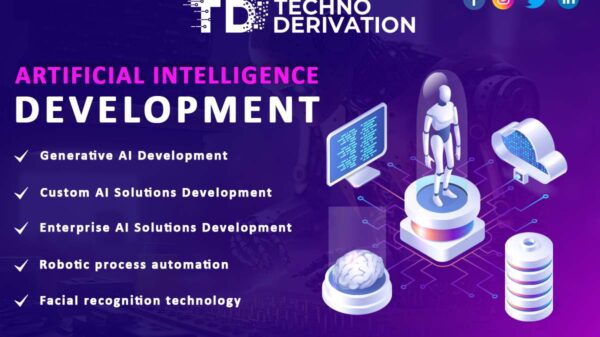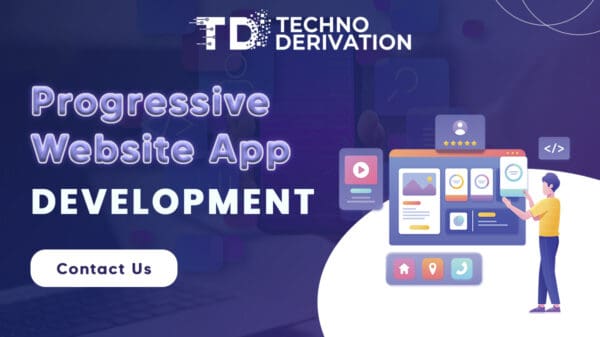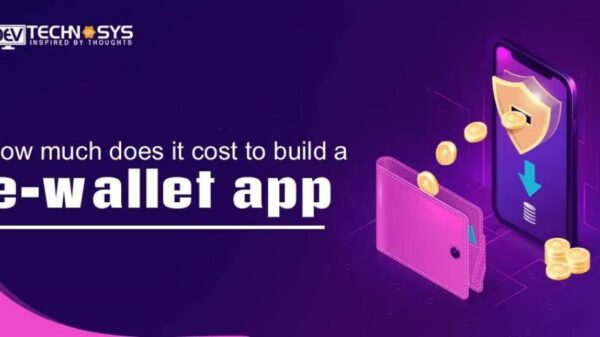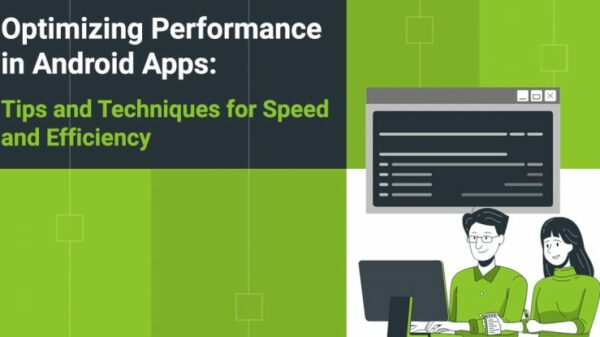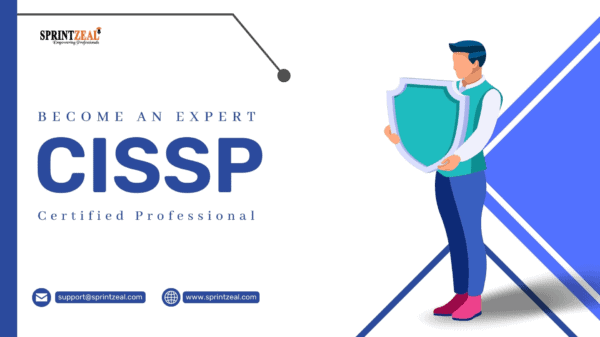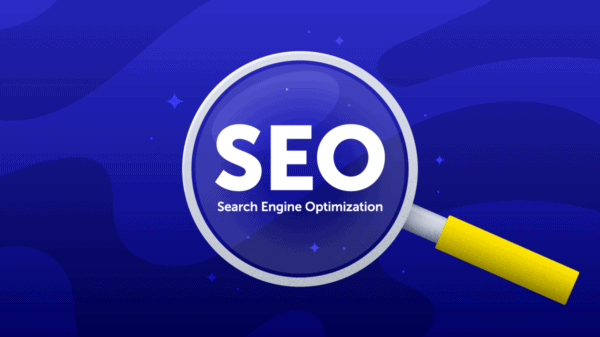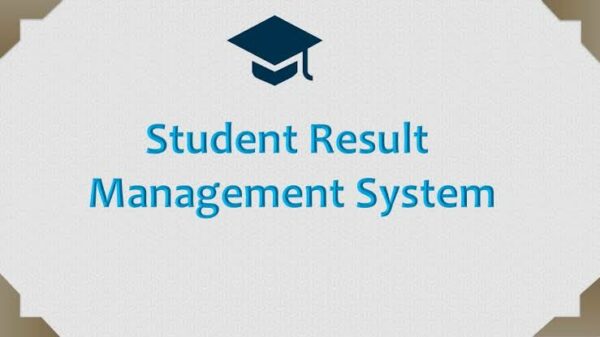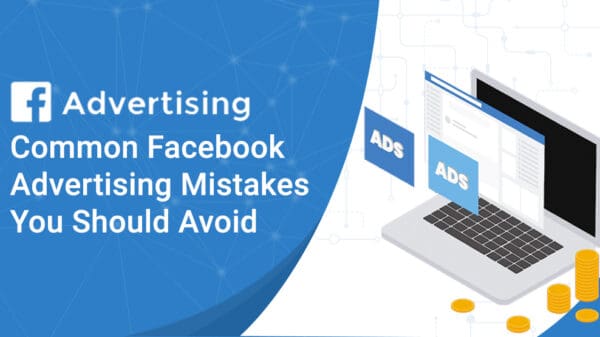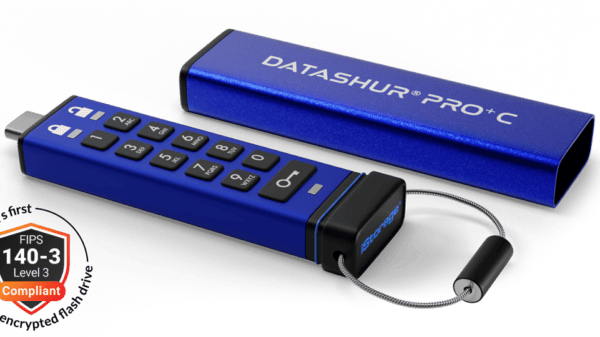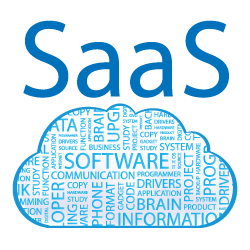Cloud technologies have revolutionized how businesses operate and have become essential for enterprises of all sizes. With the right understanding of cloud technology, organizations can leverage the power of cloud-based computing to access and store data, develop new applications, and increase efficiency.
This essential guide discusses various cloud technologies and explains how they can help businesses optimize their operations and gain a competitive edge.
What Is Cloud Computing?
The term “cloud computing” describes a collection of IT services rented remotely and delivered over the internet. Cloud services are popular because they eliminate the need to buy and maintain expensive hardware and software. Cloud services also provide a more flexible approach to IT operations, allowing organizations to scale up and down depending on their requirements at any time.
Cloud computing is often associated with the internet, although the two are not synonymous. The internet provides the framework for transferring data between computers, while cloud computing refers to delivering IT services and software over the internet.
Benefits Of Cloud Computing
Since cloud-based services work on a subscription-based model, they can lower the upfront costs of implementation, implementation time, and operational expenses.
Cloud services also allow IT, teams, to focus on core business objectives while offloading the administrative burden associated with managing data storage, security, upgrades, and more. Some benefits of cloud computing include:
Faster Time-to-Market
Cloud computing allows businesses to scale up operations quickly and easily respond to market demand. New products or services can be brought to market in record time. In addition, once the business grows, it can be easily scaled to meet the increased demand.
Enhanced Scalability
Cloud computing allows businesses to scale up or down quickly, depending on their evolving needs. This is useful for companies that experience changeable demand or need to respond to seasonal swings in demand.
Effective Resource and Cost Optimization
Cloud computing allows businesses to manage their resources more efficiently. The resources of all departments can be fully utilized to fulfill customer orders.
Additionally, cloud computing enables businesses to cut costs by reducing their IT investment as they do not need to buy, maintain, and manage servers, software, and other IT resources.
Types Of Cloud Computing Services
Cloud services can be categorized into Infrastructure as a Service (IaaS), Platform as a Service (PaaS), and Software as a Service (SaaS). IaaS offers businesses access to computing resources, such as servers, storage, and networking capabilities, over a cloud-based platform. With IaaS, businesses can rent the computing power they need when they need it.
PaaS offers businesses a platform to build and deploy applications. This can help companies optimize their time to market while reducing the costs associated with development and operations. SaaS provides software over a cloud-based platform, such as business applications like customer relationship management (CRM) software. SaaS is the most common type of cloud service available today.
A Hybrid cloud is a combination of more than one cloud service type. A hybrid cloud would include IaaS and SaaS, for example.
Security Considerations for Cloud Computing
Using a public cloud service provider can be risky, especially for sensitive data. The best way to avoid data breaches is to use a private cloud. Private clouds are hosted in your data center and managed by your in-house IT team. They provide more security and control than public clouds but are more expensive.
If you are considering migrating to the cloud, ensure that the service provider is certified. Confirm that the service provider is accredited by a third party, such as the International Standards Organization (ISO). A certified ISO 27001 cloud service provider has implemented data security controls and procedures to protect your data.
Another way to ensure security is to encrypt your data. You can encrypt your data while it is being transmitted over the internet using a virtual private network (VPN).
Data Storage and Backup Solutions for Cloud Computing
When planning to move business operations to the cloud, selecting the right cloud service provider, data storage, and backup solution; and choosing between file-level, object-level, and block-level storage are important.
File-level storage is the most basic form of data storage and is useful for static content or data that does not need to be updated often. Object-level storage is a more advanced form of file-level storage and is useful for data that changes often and needs to be accessed quickly.
Block-level storage is one of the most popular data storage options for cloud computing and provides advanced functionality and scalability.
Cloud Computing Pricing Models
Some cloud service providers offer pay-as-you-go pricing, while others charge a monthly subscription fee. Here are some of the common pricing models used by cloud service providers:
Pay-as-you-go: This model charges customers based on their usage. Customers are charged according to a predetermined rate for each unit of capacity that they use.
Subscription: This model charges customers a fixed monthly fee for access to a specific cloud capacity. Subscription pricing is usually more predictable than pay-as-you-go pricing.
Still, it may turn out more expensive for customers because they are paying for a capacity they may not use.
Summary
When deciding whether to move operations to the cloud, you must consider your business requirements and how the different cloud service providers meet those requirements. Once you’ve decided which cloud service providers to use, you must ascertain their capacity to handle your company’s data.
Additionally, you need to ensure that your data is properly secured in the cloud. This includes selecting the right data storage and backup solution and ensuring the data is encrypted. Finally, you need to look at the pricing model of each cloud service provider and select the one that best meets your business requirements while providing a return on investment.
I am Christine Romeo, a writer and business journalist. I love to write about the latest tech innovations and business trends. I have a background in marketing and communications, so I'm especially interested in how technology is changing the way we do business. When I'm not writing, I enjoy spending time with my family and friends.






